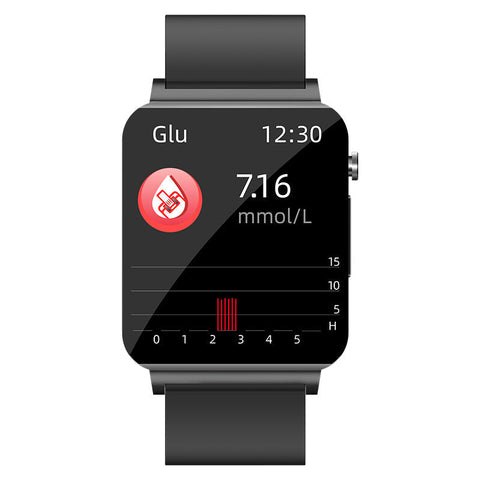Mastering the Road: A Beginner's Guide on How to Drive a Car
Driving a car is a valuable skill that offers freedom, independence, and convenience. Whether you're a new driver embarking on your first driving lesson or someone looking to brush up on your skills, learning how to drive can be an exciting and empowering experience.
Getting Started
-
Preparation: Before you start driving, familiarize yourself with the vehicle's controls, including the steering wheel, pedals (accelerator, brake, and clutch if applicable), gear shifter, mirrors, and indicators. Adjust the driver's seat and mirrors to ensure optimal comfort and visibility.
-
Starting the Engine: Insert the key into the ignition and turn it clockwise to start the engine. If your car has a manual transmission, engage the clutch by pressing it down fully with your left foot while starting the engine.
-
Adjusting Gears: If your car has a manual transmission, familiarize yourself with the gear shifter and practice shifting gears smoothly. Start in first gear (or "drive" if your car has an automatic transmission) and gradually accelerate while releasing the clutch (or foot brake in an automatic).
Basic Driving Techniques
-
Accelerating and Braking: Use gentle pressure on the accelerator pedal to accelerate and the brake pedal to slow down or stop. Practice applying smooth and gradual pressure to both pedals to maintain control and stability.
-
Steering: Use your hands to grip the steering wheel at the 9 o'clock and 3 o'clock positions (or 10 o'clock and 2 o'clock). Make smooth and controlled steering movements to turn the vehicle, keeping both hands on the wheel at all times.
-
Observation and Awareness: Stay vigilant and aware of your surroundings by constantly scanning the road ahead, checking your mirrors, and using your indicators to signal your intentions to other road users. Look out for pedestrians, cyclists, and potential hazards to anticipate and avoid accidents.
Parking and Maneuvering
-
Parallel Parking: Practice parallel parking by aligning your vehicle parallel to the curb, positioning yourself alongside the vehicle in front, and maneuvering into the parking space using forward and reverse gears.
-
Reverse Parking: When reverse parking into a parking space, use your mirrors and rearview camera (if available) to guide you while steering carefully to align the vehicle within the designated space.
-
Three-Point Turn: Master the three-point turn by safely executing a U-turn on a narrow road or dead-end street. Check for traffic in both directions, signal your intention, and execute a sequence of forward and reverse maneuvers to turn the vehicle around.
Safety Tips
-
Buckle Up: Always wear your seatbelt and ensure that all passengers are securely buckled up before driving.
-
Obey Traffic Laws: Familiarize yourself with traffic signs, signals, and rules of the road, and always obey speed limits and other traffic regulations.
-
Avoid Distractions: Minimize distractions while driving by refraining from using your phone, eating, or engaging in other activities that take your focus away from the road.
-
Stay Calm: Remain calm and composed behind the wheel, and avoid aggressive or reckless driving behavior that puts yourself and others at risk.
Learning how to drive a car is an empowering skill that opens up a world of possibilities and opportunities. By mastering the basics of vehicle operation, practicing safe driving techniques, and staying alert and aware on the road, you can navigate the streets with confidence and competence. Remember to be patient and persistent in your learning journey, and don't hesitate to seek guidance from experienced drivers or professional instructors along the way. So, buckle up, adjust your mirrors, and get ready to embark on the adventure of driving!













